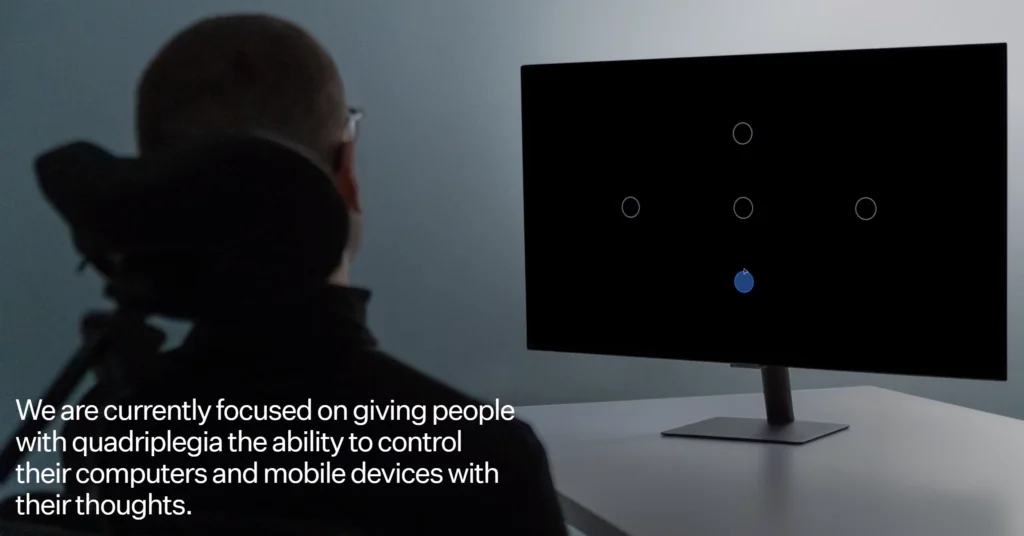
LifeHubber Team
Elon Musk’s Neuralink has successfully implanted its first wireless brain chip in a human. This momentous achievement marks a significant step forward in the field of neurotechnology, potentially revolutionizing the way we interact with technology and address neurological disorders.
The Procedure and Its Promising Results
The implant, named Telepathy, was inserted into a patient who is reportedly recovering well. Early indications show promising neuron spike detection, suggesting the device is interacting with brain activity. The purpose of this invention is to allow users to control devices purely through thought, essentially offering a new lease of life to individuals with severe movement impairments or paralysis.

Neuralink’s Ambitious Goals and Study Details
With its primary goal to empower people with movement impairments or quadriplegia to control electronic devices with their thoughts, the PRIME study, which is still open for registration, focuses on assessing the safety and functionality of this brain-computer interface. The U.S. Food and Drug Administration (FDA) had previously cleared Neuralink for human testing, recognizing the potential benefits of this groundbreaking technology.
Public Response and Future Implications
The announcement has sparked widespread interest, with thousands expressing eagerness to participate in the FDA trial. This technology holds promise not only for those with physical disabilities but also for advancing human cognition and achieving a symbiosis with artificial intelligence. Musk has mentioned the potential of this technology to assist in conditions like autism and schizophrenia, though this remains speculative and unproven.
A Competitive and Scrutinized Field
Despite the excitement, Neuralink’s journey has not been without challenges. The company has faced scrutiny over safety protocols and was fined for violating certain regulations. Moreover, Neuralink is not alone in this endeavor, with other companies like Australia-based Synchron also making strides in similar technology.
Hubbers’ Takeaway
This development is a technological milestone and serves as a beacon of hope for many suffering from neurological disorders and disabilities. It also raises important ethical and safety questions about the integration of technology with the human body. We stand on the brink of a new era in neurotechnology and the implications for society, healthcare, and our understanding of the human brain are profound.




